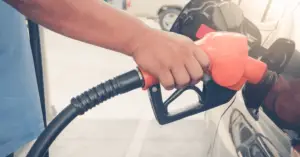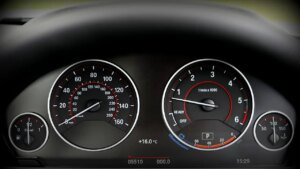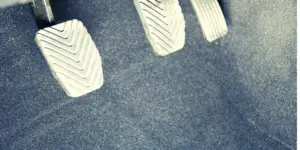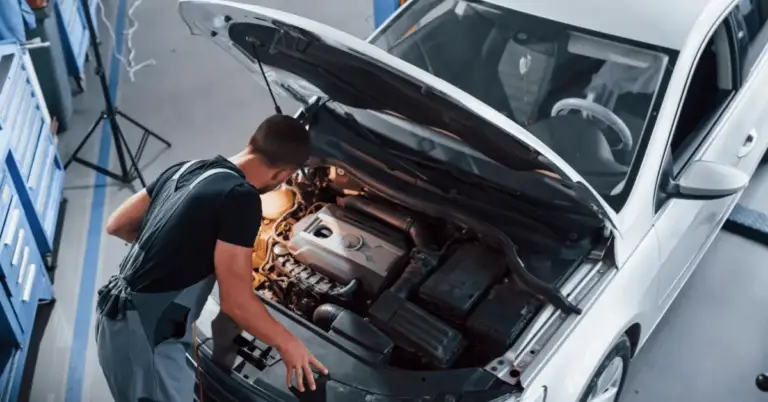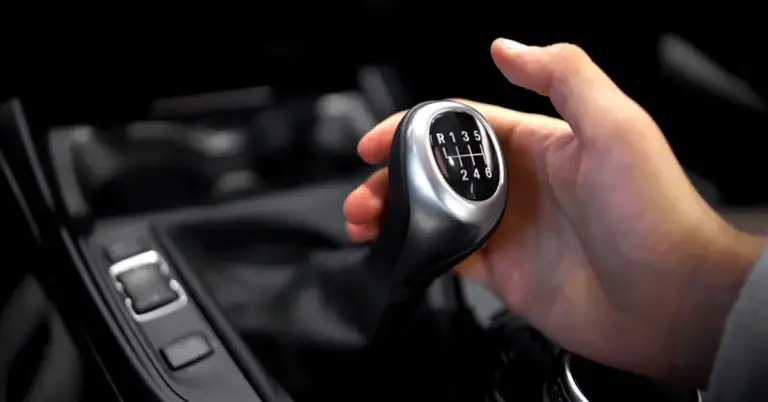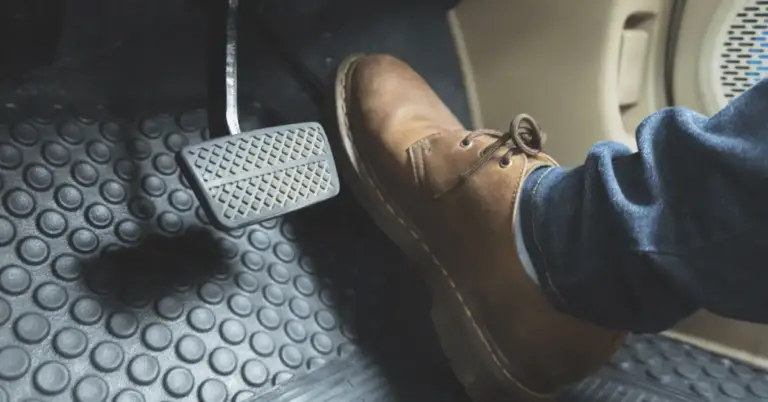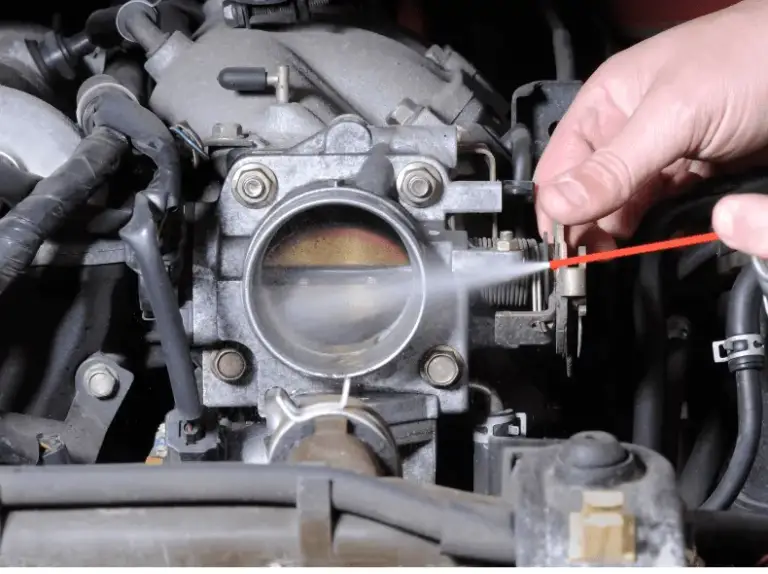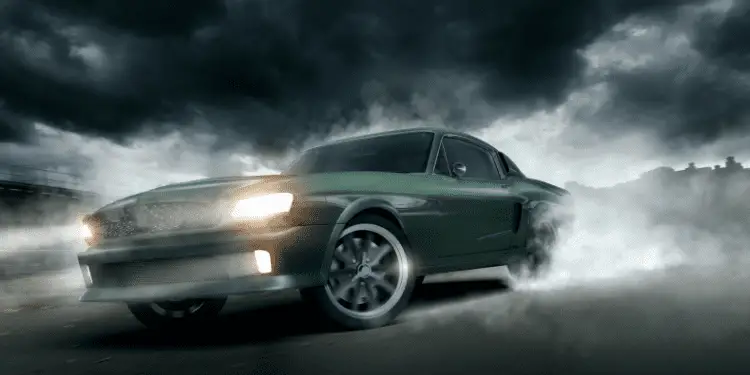
We’ve all heard the urban myth: someone sneaks sugar into your gas tank and before long, the sugar destroys the engine. If someone put sugar in your gas tank as a prank, don’t worry. We’ll tell you what to expect about how sugar can affect your car.
Despite what you’ve heard, the risk of sugar destroying your engine is very low. In most cases, the car’s filter system will filter out the sugar granules automatically. However, if someone put sugar in your gas tank, you’ll likely need to change your filters, check your fuel pump, and give your gas tank a good cleaning.
Read on to discover how long it takes sugar to destroy an engine and what exactly it can do to your car.
Overview:
- Sugar doesn’t dissolve in gasoline.
- Your filters are enough to catch any sugar sediment.
- You may want to check your fuel pump.
- Replace any clogged filters.
- Give your fuel tank a spring cleaning.
How Sugar is Supposed to Destroy an Engine

According to most people, when you put sugar in vehicle’s gas tank, it dissolves into the gas and infiltrates the engine after you start your car. Once the sugar is in the engine, the engine’s heat melts the sugar into a caramelized sediment that coats every crevice.
The worst part is that when you turn off the engine, this allows the melted sugar to cool and form a sticky sludge that destroys the engine and turns your car into a piece of junk.
According to experts, this simply isn’t true. While sugar can’t destroy your engine, it isn’t exactly a great addition to your gas tank.
Why Sugar Probably Won’t Destroy Your Engine

Sugar Does Not Dissolve in Gasoline
First, sugar cannot dissolve in gasoline. Instead, it settles to the bottom of the fuel tank in a kind of sediment. As a result, it does not mix with the gasoline in the tank. Since sugar is about twice as dense as gasoline, most of the sugar granules that are poured in won’t even find their way into the fuel filters.
Any sugar particles that are denser than gasoline settle into areas that have a low-velocity flow. Because many of these low-velocity corners and pockets exist in the spaces between the fuel tank and the engine, it collects in those low areas where the gas flows more slowly.
While sugar does dissolve in water, it doesn’t become soluble in gasoline. This means that the risk of any engine damage from sugar in the fuel tank is very low.
A Car’s Filter System Catches Sugar Granules
Even if you turned on the car after someone poured sugar in the gas tank, the risk to your engine is very low. This is due to the multiple filters located between the tank and the engine. These filters prevent even minute debris from infiltrating places that it shouldn’t go.
A car’s fuel system contains filters that catch and restrain particles that are even smaller than 200 microns. A normal sugar crystal measures around 200 microns. This means that any granules of sugar floating in a fuel tank would get captured before they reach the engine.
How Sugar Could Cause Long-Term Damage
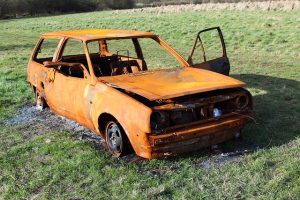
It Could Clog the Fuel Pump
In rare cases, driving a car with sugar in the fuel tank could clog your fuel pump. This usually only happens when you drive it for an extended period of time. However, it won’t destroy the engine.
There’s also a slim chance that sugar could make its way past the fuel filters to clog the fuel pump. If this occurs, this could prevent your car from starting, but it is unlikely to harm the engine.
In the worst-case scenario, the sugar will escape the fuel filter and get into your fuel pump. If this occurs, you’ll need to get a new fuel pump. In order to minimize any damage to your vehicle, it’s best to take your car to a qualified mechanic to replace the fuel pump. Trying to replace one on your own can cause complications and make the problem worse.
What to Do If You Have Sugar in Your Gas Tank

Replace the Filters
Proper fuel filters are designed to prevent any debris, including sugar, from exiting the gas tank. If you’re unlucky enough to get sugar in your gas tank, just replace your fuel filters.
Even if you notice sediment in your gas tank, it’s recommended to replace the old in-tank filters so they can function at an optimal level. If you aren’t comfortable working on cars yourself, let a qualified mechanic replace the filters.
Clean the Fuel Tank
The final thing to do if you’ve had sugar poured into your gas tank is to clean any sugar residue from the fuel tank. If you leave the sugar in the gas tank and continue driving, this can cause problems in the future.
Keep in mind that you don’t want to try to wash out the gas tank yourself. Because water isn’t combustible, this will prevent the engine piston from doing its stroke in its chamber, and hydro-lock the engine. In older vehicles, this could ruin the engine. Modern cars contain computers and oxygen sensors to stop this from occurring.
Instead, take your vehicle to a professional mechanic who will use specialized chemicals to get rid of any sugar in your tank and make it road-worthy again.




